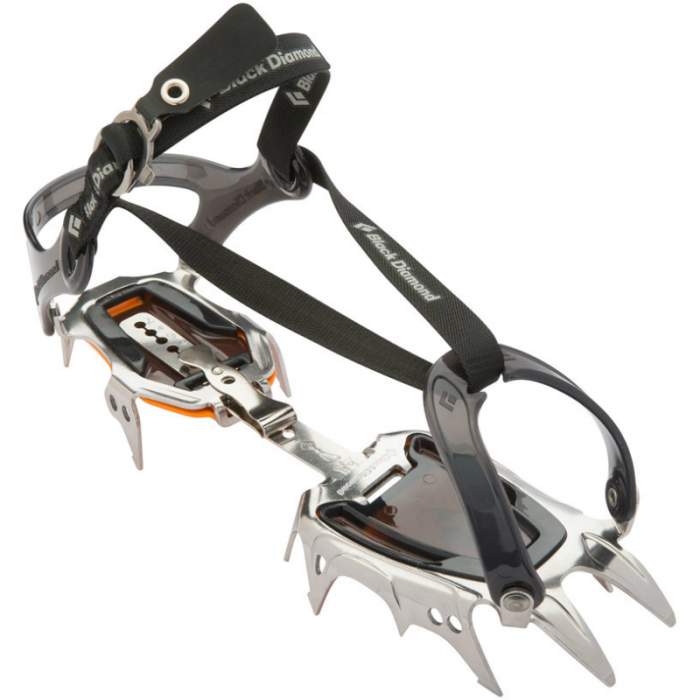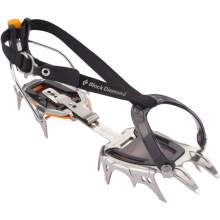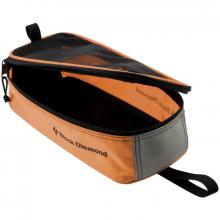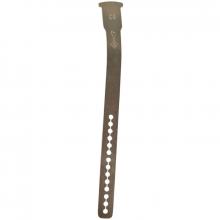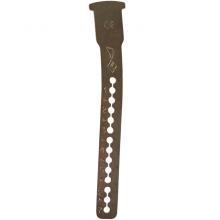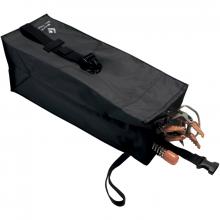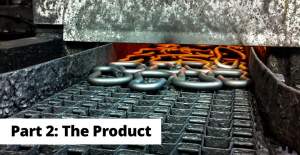Serac Strap
Description
A lightweight, 12-point crampon built for the variable, moderate terrain of classic mountaineering routes, the Black Diamond Serac crampon is available in three different configurations for maximum versatility with any type of mountain boot. Horizontal frontpoints provide secure bite in icy steps, while the serrated secondary points add more stability than the Sabretooth in steep snow and neve. The Serac's light and durable stainless steel design won't rust, resists snow balling and is free from toxic coatings that wear off in the mountains.
Distinctive stainless steel construction doesn't rust, is more durable, resists snow balling and saves weight
Versatile horizontal frontpoints and more stable secondary points
Low-profile micro-adjust heel bail with two positions
Pro version is for technical boots
Clip version is for boots without a front toe welt
Strap version is for use with trekking boots
Includes dual-density ABS
Retail price
When you click a link below and then checkout online, no matter what you buy (climbing gear or not), we get a small commission that helps us keep this site up-to-date. Thanks!
Weight per Pair (g / oz)  Weight per Pair (g / oz)In grams and ounces, the weight of both crampons together, as stated by the manufacturer/brand. If there are differences in weight (due to multiple sizes or optional accessories) we'll note those here. | 860 g / 30.34 oz |
| Ideal Uses | Technical Mountaineering / Alpine |
| Binding System | Universal |
| Sizing | |
| Front Points | Horizontal Dual |
| Front Point Offset | No |
| Number of Points | 14 |
| Main Material | Stainless steel |
| Wear Indicators | No |
| Anti-Ball Plates | Included |
| Crampon Case | Sold Separately (see the case here) |
| Heel Spur Attachment | None made for this model |
Certification  CertificationsThe main climbing gear certifications are CE and UIAA--and normally the UIAA creates the rules that the CE body also supports. When possible, we try to list all the certifications the product carries. To sell a climbing product in Europe, the device must be CE certified. There are no official requirements to sell climbing gear in the US. The UIAA certification is a voluntary process. Learn MoreRock and Ice Certifications Guide |
CE, UIAA |
This video shows how to sharpen your crampon correctly.
How to use Black Diamond crampon correctly, warnings, care, maintenance, transportation, inspection, lifespan and retirement with instructional pictures.
How to use Black Diamond crampon correctly, warnings, care, maintenance, transportation, inspection, lifespan and retirement with instructional pictures.
The UIAA equipment standard provides a baseline for equipment performance in a test lab under controlled conditions on new equipment. Although these test conditions are relevant to the conditions encountered climbing, conditions encountered at the crags and the condition of the equipment are equally important. This recommendation from the UIAA member federation The British Mountaineering Council (BMC) provides vital equipment information that is NOT explicitly addressed in the standard, particularly failure modes of the equipment and recommendations for the use, inspection, maintenance, and retirement of equipment.
A pictoral representation of the UIAA-153 and EN-893 standards for crampons.

